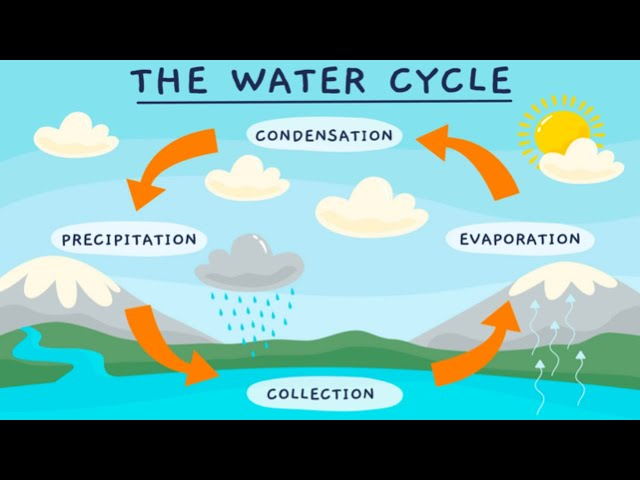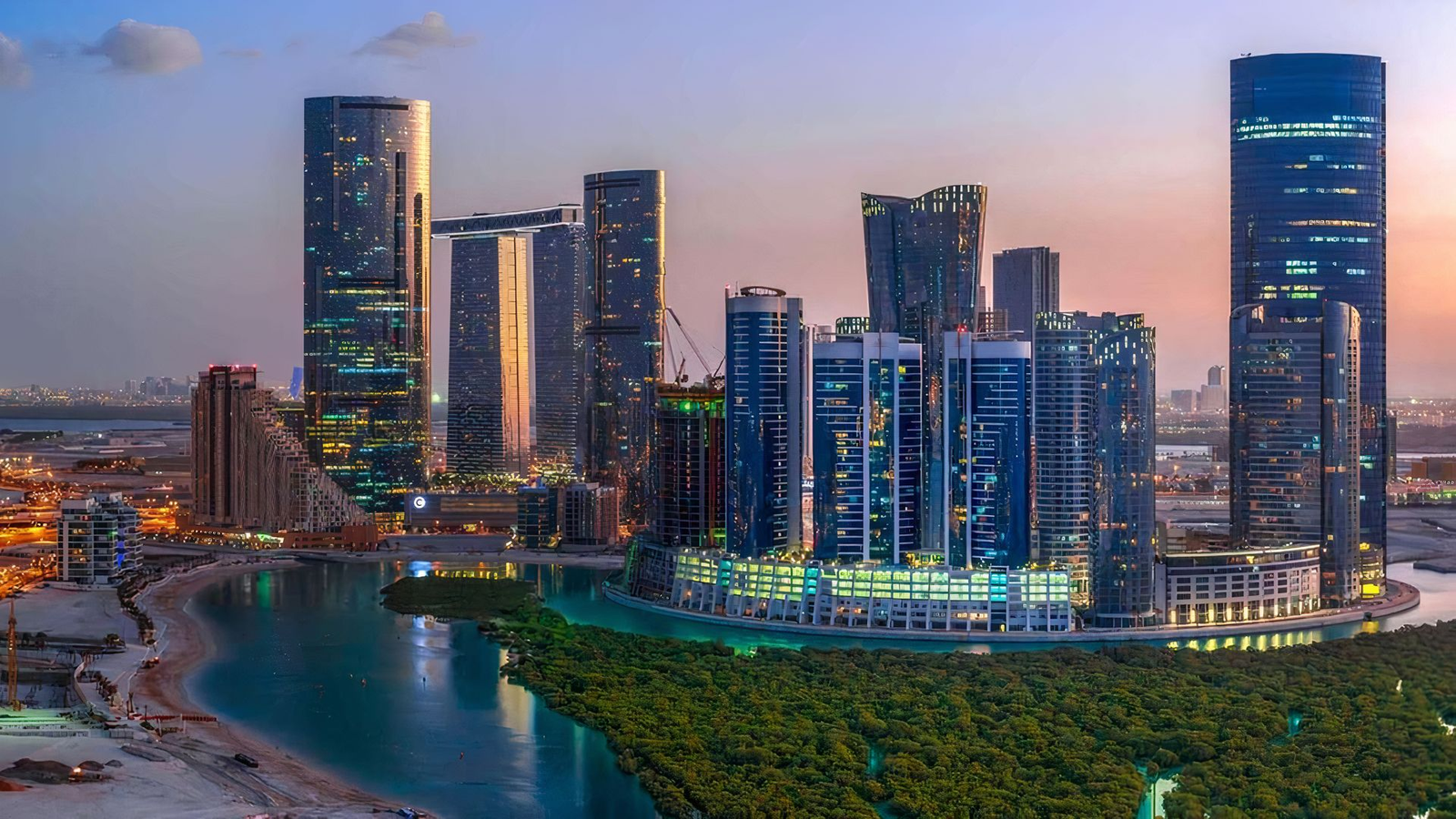Now Reading: The Water Cycle Explained Simply: You’ll Never See Rain the Same 2025!
-
01
The Water Cycle Explained Simply: You’ll Never See Rain the Same 2025!
The Water Cycle Explained Simply: You’ll Never See Rain the Same 2025!

The water cycle, also known as the hydrologic cycle, is the continuous journey of water as it moves from the earth’s surface to the atmosphere and back again. This cycle plays a crucial role in keeping our planet alive. Without the water cycle, there would be no rain to grow crops, no rivers to drink from, and no water to support humans, animals, or plants.
In this simple guide, we will explain how the water cycle works, why it is so important, and how climate change is affecting it.
The Four Main Stages of the Water Cycle

The water cycle has four major steps:
- Evaporation
This is the process where the sun heats up water from oceans, rivers, lakes, and even moist soil, turning it into water vapor. This water vapor rises into the air. You might have noticed how puddles dry up after a sunny day — that’s evaporation in action. - Condensation
As water vapor goes higher into the atmosphere, the air becomes cooler. The water vapor cools down and changes back into tiny droplets of liquid water, forming clouds. This process is called condensation. - Precipitation
When these water droplets in clouds gather together and become too heavy, they fall back to earth as precipitation. Precipitation can be rain, snow, hail, or sleet. - Collection
Once water returns to earth, it collects in oceans, lakes, rivers, and underground reservoirs. Some of it soaks into the ground and becomes groundwater, which plants and animals use to survive. This collected water will eventually evaporate again, continuing the cycle.
Why Is the Water Cycle So Important?
The water cycle is essential for life on earth. Here’s why:
Freshwater Supply
It provides us with fresh water. Without the cycle, there would be no rain to refill rivers and lakes.
Supports All Living Things
Plants need water to grow. Animals, including humans, need water to survive.
Weather and Climate Control
The water cycle helps regulate temperatures and weather patterns around the world.
Cleans the Water
When water evaporates, impurities stay behind. This means the water coming down as rain is relatively clean, helping to refresh our water resources.
Fun Facts About the Water Cycle
It has no beginning or end — the water you drink today may have once fallen as rain millions of years ago!
97% of the earth’s water is in the oceans — but most of this is salt water, which we cannot drink. Only about 3% is fresh water, and a lot of that is locked in ice caps and glaciers.
About 505,000 cubic kilometers of water evaporate from the earth’s surface every year, according to scientists. That’s a mind-blowing amount!
How Is Climate Change Affecting the Water Cycle?
Climate change is disturbing the natural balance of the water cycle. Here’s how:
Higher Temperatures
Warmer air causes more water to evaporate, which can dry out rivers and lakes faster than normal.
Extreme Weather
A hotter climate means more powerful storms, floods, and even droughts in some areas.
Rising Sea Levels
Melting ice caps add more water to the oceans, changing rainfall patterns and affecting freshwater supplies.
If the water cycle is disrupted, it can lead to water shortages, crop failures, and health problems around the world. That is why it is so important to protect the environment and slow down climate change.
How Can We Protect the Water Cycle?
Everyone can do small things to help keep the water cycle healthy. Here are some easy tips:
Save Water
Don’t waste water at home — fix leaking taps, take shorter showers, and reuse water if possible.
Plant Trees
Trees help the water cycle by returning moisture to the atmosphere and preventing soil erosion.
Reduce Pollution
Keep chemicals, plastic, and waste away from rivers, lakes, and streams. Clean water means a healthy water cycle.
Fight Climate Change
Use less energy, drive less, and support clean energy sources like solar and wind power.
Why You Should Care About the Water Cycle

The water cycle is something we often take for granted. Most of us turn on a tap without even thinking about where the water comes from. But the truth is, every drop you drink or use depends on this incredible cycle that nature has created.
By learning about the water cycle, we can better understand our planet and make smart choices to protect it. Water is not infinite. If we misuse it or pollute it, we damage this delicate cycle and put future generations at risk.
So next time you see rain falling, remember: it is not just water coming from the sky — it is a vital part of earth’s amazing water cycle, working to keep all of us alive.
Final Thoughts
The water cycle is a wonderful, natural system that cleans, moves, and shares water around the world. It is as important today as it was millions of years ago. By caring for the planet and using water wisely, we can make sure this precious cycle stays strong for many generations to come.
Read More:- Deyaar’s Latest Announcement Shakes Up the UAE Property Market






















